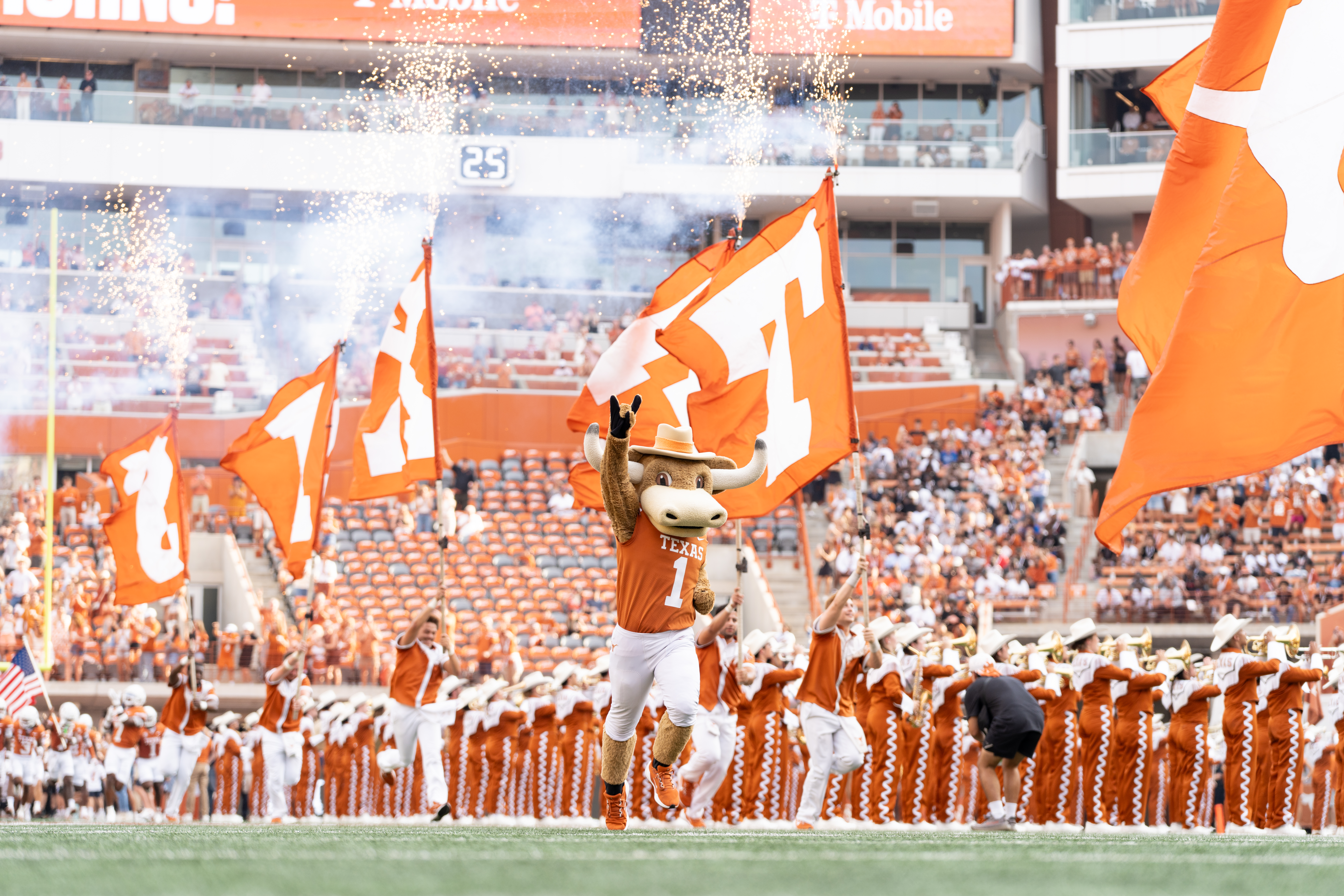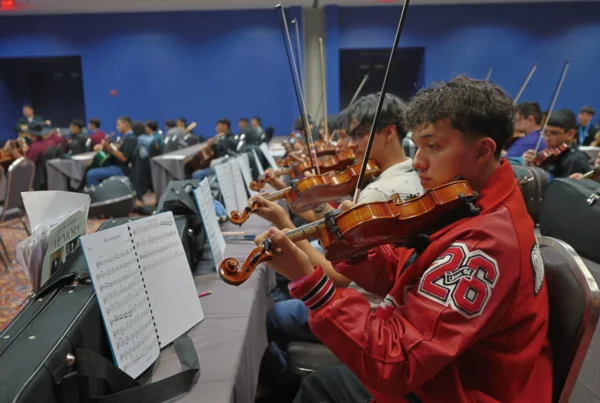Texas Standard’s go-to insect expert says her top tip for figuring out what you’re seeing is to ask her!
“I was kind of wary of answering this question because it’s kind of putting me out of a job,” said Wizzie Brown, Texas A&M AgriLife Extension Service program specialist.
You can share your photos or questions with us and we’ll pass them along.
But if you’d like to try on your own, she does have some tech recommendations.
Apps for identifying insects
This is the app Brown typically uses.
“It’s not just for insects … you can identify plants, mushrooms, all kinds of animals,” Brown said. “It’ll actually give you suggestions of what it is based on what that looks like in the photo.”
But, she notes, the app does require you to create an account – which not everyone is a fan of. It also wants to use your location, though you can limit that sharing.
“You can put ‘obscured,’ which kind of gives it an area. If you block it, it makes it a little bit more difficult for it to figure out what it is because you can be anywhere in the world, essentially,” Brown said.
This app is also by iNaturalist, but it doesn’t require an account and has different defaults.
“This is a good one for kids,” Brown said. “And it’s essentially the same thing, but it doesn’t collect as much of the data.”
Picture Insect or Bug Identifier Bug Finder
If you just wants insects, these two apps are probably the most highly rated and most popular.
“I have never used either one of those,” Brown said. “So they might be great, they might be garbage, but they’re highly rated, so I’m assuming they’re not garbage.”
Websites to explore
“If you’re a bug geek like me, this is a website that you could totally go down a rabbit hole looking at bug pictures,” Brown said.
Similar to the apps, this is a website where you can create an account and submit photos for people to identify.
“If you kind of know what you’re looking for you can kind of also drill down and figure out what you might see in your backyard or something,” Brown said.
This website lists a bunch of different citizen science projects that you can get involved in. It’s not insects, but you can find plenty of options on that front.
“There is stuff on ladybugs and fireflies and different types of butterflies like monarchs,” Brown said. “There’s one on bumblebees, like tracking their locations and that sort of stuff.”
The logistics of identifying insects
Depending on the insect, they are going to look different depending on which stage that they’re in. For example, identifying insect eggs can be challenging.
“I mean, like if it’s a stink bug, [an app] can tell you it’s a stink bug but probably not what kind of stink bug,” Brown said.
She says other insect eggs, like ladybug eggs and green lacewing eggs, are very distinct.
“But if it’s just like a white round-looking egg on a plant, they all pretty much look the same,” Brown said. “So usually what I tell people there is you’re going to have to wait and see what hatches out because I’ve got no clue.”
Maggots, too, can all look very similar. But caterpillars can be very distinctive.
“So [the apps are] going to match you up with, you know, it’s this butterfly or this moth,” Brown said.
Insect photo musts
Brown says the key any time that you’re using an app or sending in an insect photo is making sure the picture is as clear and informative as possible.
1. A clear picture
You want to make sure that it’s in focus.
“I get a lot of pictures that are blurry or that it looks like they took it when they were standing across the room from something and so it essentially looks like maybe a smudge of dirt on the wall,” Brown said.
2. A close-up picture
“Don’t be afraid to use your zoom,” Brown said.
She also suggests getting close and taking photos from multiple angles.
3. An inclusive picture
“If you’re taking a picture of something like a butterfly, then typically we’re going to need the upper portion of the wings and the underside of the wings, because some butterflies you need to see both the top and the bottom to tell what it is,” Brown said.
4. Something standard to reference size
It can be helpful to have a size reference in the photo – especially when it’s an insect that can very greatly in size, like an ant.
“My dream is when people put a ruler or tape measure or something in the picture,” Brown said.
But, of course, depending on where you are, you might not have that handy. Instead, try a U.S. coin.
“So I know what that basic size is and I can kind of figure out how large whatever I’m looking at is in comparison to that coin,” Brown said.
What’s not as helpful is your hand or something like a pencil.
“Something that I don’t know the size of doesn’t help me figure out what that is,” Brown said.
Do you have a bug question for Wizzie Brown? Drop us a line, and we’ll pass it along.
If you found the reporting above valuable, please consider making a donation to support it here. Your gift helps pay for everything you find on texasstandard.org and KUT.org. Thanks for donating today.















